
Kure Maritime Museum
Explore Japan's naval past at Kure Maritime Museum, home to a massive Yamato model and a real Zero fighter.

Highlights
Must-see attractions
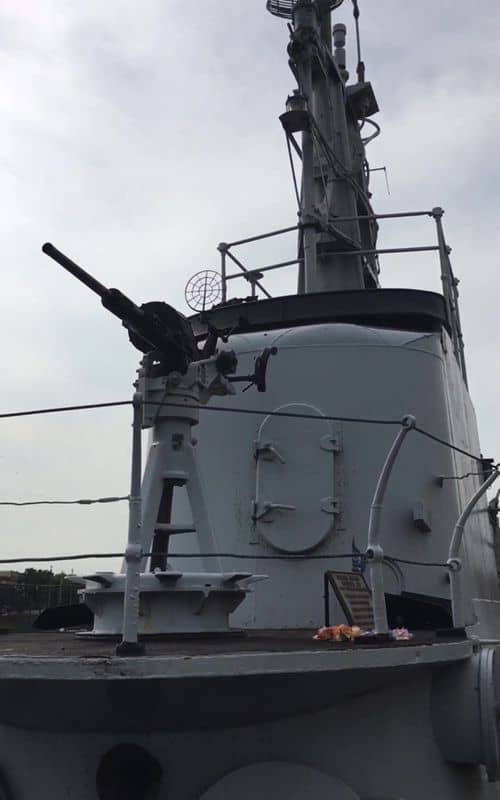
Social
From TikTok & Reddit
Best Time
Fewer crowds, more peaceful exploration

Kure Maritime Museum
Best Time
Fewer crowds, more peaceful exploration

Highlights
Must-see attractions
Explore Japan's naval past at Kure Maritime Museum, home to a massive Yamato model and a real Zero fighter.
"Essential for history buffs, but bring earphones for the English audio guide!"

🎧 Audio Guide is a Must
Bring earphones! The English audio guide is crucial as most exhibits lack English text .
⏰ Allow Ample Time
Dedicate 2-3 hours to fully appreciate the exhibits, not including adjacent museums .

Highlights
Discover the most iconic attractions and experiences

Giant Yamato Battleship Model
Main Hall
Marvel at the colossal scale model of the legendary Yamato battleship, a centerpiece of naval history.

Imperial Japanese Navy Zero Fighter
Exhibition Hall
Get up close to an authentic Zero fighter plane, a symbol of aerial combat history.

Submarine Exhibits
Submarine Gallery
Explore the history and technology of submarines, including those used in controversial missions.
Plans like a pro.
Thinks like you
Planning Your Visit
Plan Your Visit to Kure Maritime Museum
Navigating Kure's Naval Heritage
Best Times
Insider Tips
from TikTok, Instagram & Reddit
🎧 Audio Guide is a Must
Bring earphones! The English audio guide is crucial as most exhibits lack English text.
⏰ Allow Ample Time
Dedicate 2-3 hours to fully appreciate the exhibits, not including adjacent museums.
Slightly offtopic, tips for visiting Yamato museum in Kure?
naval museum or visit ships.
📱 AR App Issues
The AR navigation app may have issues on Android; proceed with caution.
🗺️ Explore the Area
Combine your visit with JMSDF Kure Museum & Irifuneyama Memorial Museum.
Yamato Museum in Kure
Tips
from all over the internet
🎧 Audio Guide is a Must
Bring earphones! The English audio guide is crucial as most exhibits lack English text.
⏰ Allow Ample Time
Dedicate 2-3 hours to fully appreciate the exhibits, not including adjacent museums.
📱 AR App Issues
The AR navigation app may have issues on Android; proceed with caution.
🗺️ Explore the Area
Combine your visit with JMSDF Kure Museum & Irifuneyama Memorial Museum.
📸 Photography Restrictions
Photography is disallowed in most areas, so focus on absorbing the history.
What Travellers Say
Reviews Summary
Visitors find Kure Maritime Museum to be an interesting and informative destination, particularly for its impressive Yamato battleship model and authentic Zero fighter. While the lack of English text on many exhibits is a drawback, the availability of an English audio guide significantly enhances the experience. The museum offers a factual and neutral portrayal of naval history, though some exhibits touch on sensitive topics.
"This museum is located in the Kure an industrial port area. Nice museum to visit if you’re in the area but perhaps don’t go out of your way (as this is located a fair distance from Hiroshima). The displays are nice and there is a large model of the Yamato battleship and real life Zero fighter plane (but not much else)"
Charles Soh
"Visiting from Australia, came early November on a Friday morning. There were a few people around, but it wasn't overwhelmingly busy. I don't recall how much the museum-only ticket cost, as we just purchased the combined ticket (1200 yen) for entry to a seasonal exhibit at the time. This was probably a mistake as we had no idea what it was and couldn't appreciate what was on display, so not great value for money.
I definitely recommend you bring earphones and do the English audio tour by yourself! Barely any of this experience has English printed on the exhibits and you'll miss out on some really significant stuff, as you can't just use your phone's camera to Google translate everything (photography disallowed for most things). There are some fascinating hand written wills from sailors to their families, postcards, some incredibly tragic stuff. One such exhibit detailed while a submarine was inoperable and taking on water, the captain wrote a request for the families of his crew to be allowed extra bereavement leave for the inevitable losses about to occur.
We had very limited time and I regret it, you should definitely allow a solid 2-2.5 hours here if you visit. This doesn't include the sub or its museum next door, either."
Kiel (KeeL)
"Cool place! I enjoyed seeing the Japanese Zero and the engines up close. Kure is a distance from Hiroshima but it's worth a visit as the Irifuneyama Memorial Museum and Japan Maritime Self-Defense Force (JMSDF) Kure Museum are also in the area (both great). This museum does mention that the Imperial Japanese Army had occupied SEA countries (though no details on the atrocities they committed), in case one wonders if there is Japanese propaganda here. Overall I feel that the information provided is factual and neutral."
Stara
What People Like
What People Dislike
Frequently Asked Questions
🚇 🗺️ Getting There
Kure Maritime Museum is located in an industrial port area and is a fair distance from Hiroshima. The best way to reach it is by train to Kure Station, followed by a short bus or taxi ride. Plan for travel time as it's not a quick trip.
Yes, Kure Maritime Museum is accessible via public transport. Trains run regularly to Kure Station, and local buses or taxis can take you the rest of the way to the museum and surrounding naval heritage sites.
Once in Kure, the Maritime Museum, JMSDF Kure Museum, and Irifuneyama Memorial Museum are relatively close. Walking is feasible between them, or you can utilize local buses for convenience.
Information on specific parking facilities at Kure Maritime Museum is limited, but being in an industrial port area, there are likely public parking lots available nearby. It's advisable to check local signage upon arrival.
Yes, it's possible to visit Kure Maritime Museum as a day trip from Hiroshima, but it requires careful planning due to the travel time. Dedicate a significant portion of your day to make the most of it.
🎫 🎫 Tickets & Entry
Opening hours for Kure Maritime Museum can vary seasonally. It's recommended to check the official museum website or local listings for the most up-to-date information before your visit.
Admission fees for Kure Maritime Museum are generally reasonable. Combined tickets for seasonal exhibits might be available, but ensure the exhibit aligns with your interests to maximize value.
Booking tickets in advance is usually not required for Kure Maritime Museum, especially during off-peak times. However, for special exhibitions or during peak tourist seasons, it might be a good idea to check their policy.
Information on specific discounts for Kure Maritime Museum is not widely publicized. It's worth inquiring at the ticket counter about potential discounts for students, seniors, or group visits.
A standard ticket typically grants access to the main exhibition halls, including the Yamato model and Zero fighter. Special seasonal exhibits may require a separate or combined ticket.
🎫 🧭 Onsite Experience
Yes, an English audio guide is highly recommended and available at Kure Maritime Museum. It's essential for understanding exhibits as most signage is in Japanese.
Photography is disallowed for most exhibits within Kure Maritime Museum. This is to preserve the artifacts and ensure a focused visitor experience.
Visitors should allocate a minimum of 2 to 2.5 hours to explore Kure Maritime Museum thoroughly, not including adjacent museums.
While the museum focuses on historical displays, the scale models and detailed exhibits offer an engaging experience. The AR app aims to enhance navigation, though it has had technical issues.
You can see a wide range of artifacts, including handwritten wills from sailors, postcards, and personal effects, offering a poignant glimpse into the lives of those involved in naval history.
🍽️ 🍽️ Food & Dining
Information on dining facilities directly within Kure Maritime Museum is limited. It's advisable to check their official website or plan to dine in the surrounding Kure area.
The Kure area, being a port city, offers various dining options, including local seafood restaurants and casual eateries. Exploring the vicinity around Kure Station is a good starting point.
Generally, bringing outside food and drinks into museums is discouraged. It's best to consume them before entering or after your visit.
While specific options aren't detailed, larger Japanese cities like Kure often have restaurants that can accommodate dietary needs. Looking for restaurants specializing in tempura or vegetable dishes might be a good approach.
Dining prices in Kure can vary. Casual eateries might offer meals in the range of 1000-2000 JPY, while more upscale restaurants could be higher.
📸 📸 Photography
Photography is restricted in most areas of Kure Maritime Museum to protect the exhibits. Visitors should respect these guidelines.
The exterior of the museum, with its naval architecture, can offer some interesting photographic opportunities. The surrounding port area also provides a maritime atmosphere.
Given that photography is generally disallowed, using flash photography would also be prohibited. It's always best to err on the side of caution and refrain from using a flash.
While photography is restricted, the sheer scale of the Yamato battleship model and the presence of the Zero fighter are visually striking and memorable, even if you can't capture them with your camera.
The Augmented Reality app is designed for navigation, not photography. It has experienced technical issues on Android, so relying on it for photo opportunities is not advised.
For Different Travelers
Tailored advice for your travel style
👨👩👧 Families with Kids
While the museum's primary focus is historical, the sheer size of the exhibits and the unique submarine displays can be captivating. However, parents should be aware that many exhibits have limited English text, so the English audio guide is highly recommended to help children understand the context. Consider it more of an educational outing than a playful one, and ensure you have enough time to make the visit engaging.
🏛️ History Buffs
Beyond the major displays, the museum houses poignant artifacts like sailors' wills and personal letters, providing a deeply human perspective on wartime experiences. The exhibits are presented factually, with an effort to remain neutral, even when discussing controversial aspects like the manned submarines. Exploring the surrounding naval heritage area, including the JMSDF Kure Museum, further enriches the historical immersion.
✈️ Aviation Enthusiasts
While the museum's main focus is maritime, the inclusion of such a prominent aviation artifact highlights the interconnectedness of naval and air power during wartime. It's a chance to appreciate the engineering and historical significance of this legendary aircraft.
Deep Dives
In-depth insights and expert knowledge
Understanding the Submarine Exhibits
The exhibits aim to provide factual information about these controversial aspects of naval history. Visitors can learn about the design, capabilities, and the human element involved in submarine warfare. The museum presents this information neutrally, allowing visitors to form their own understanding of the historical context.
While the museum provides historical context, the subject matter can be sensitive. The displays offer a glimpse into the difficult decisions and sacrifices made during wartime, contributing to a comprehensive understanding of naval history.
Navigating the Museum with Limited English
To overcome this, the museum offers an English audio guide, which is highly recommended. Bringing your own earphones is essential to utilize this resource effectively. The audio guide provides detailed explanations and context that might otherwise be missed, enriching the overall experience.
While some exhibits do have English text underneath the Japanese, relying solely on this can be insufficient. The audio guide ensures that visitors can appreciate the depth of information, including personal stories and historical details, making the visit more informative and engaging.
The Kure Naval Heritage Area
Adjacent to the Maritime Museum are the JMSDF Kure Museum (also known as the 'Iron Whale' for its submarine-shaped building) and the Irifuneyama Memorial Museum. These sites offer complementary perspectives on naval history, from modern self-defense forces to earlier periods.
Visiting these sites together provides a comprehensive understanding of Kure's significant role as a naval base and shipbuilding center. It's recommended to allocate sufficient time to explore all these attractions to fully appreciate the area's rich maritime legacy.
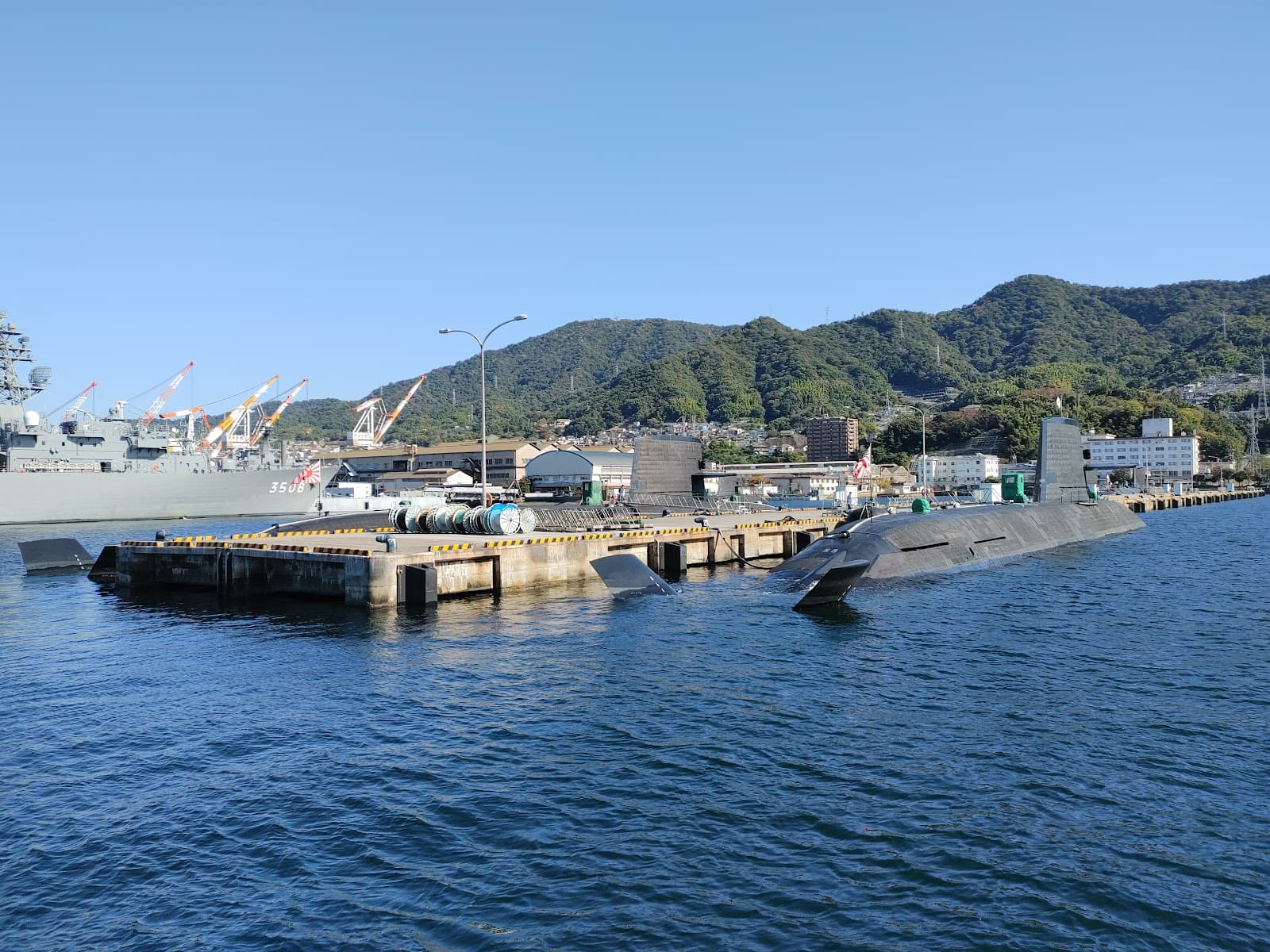
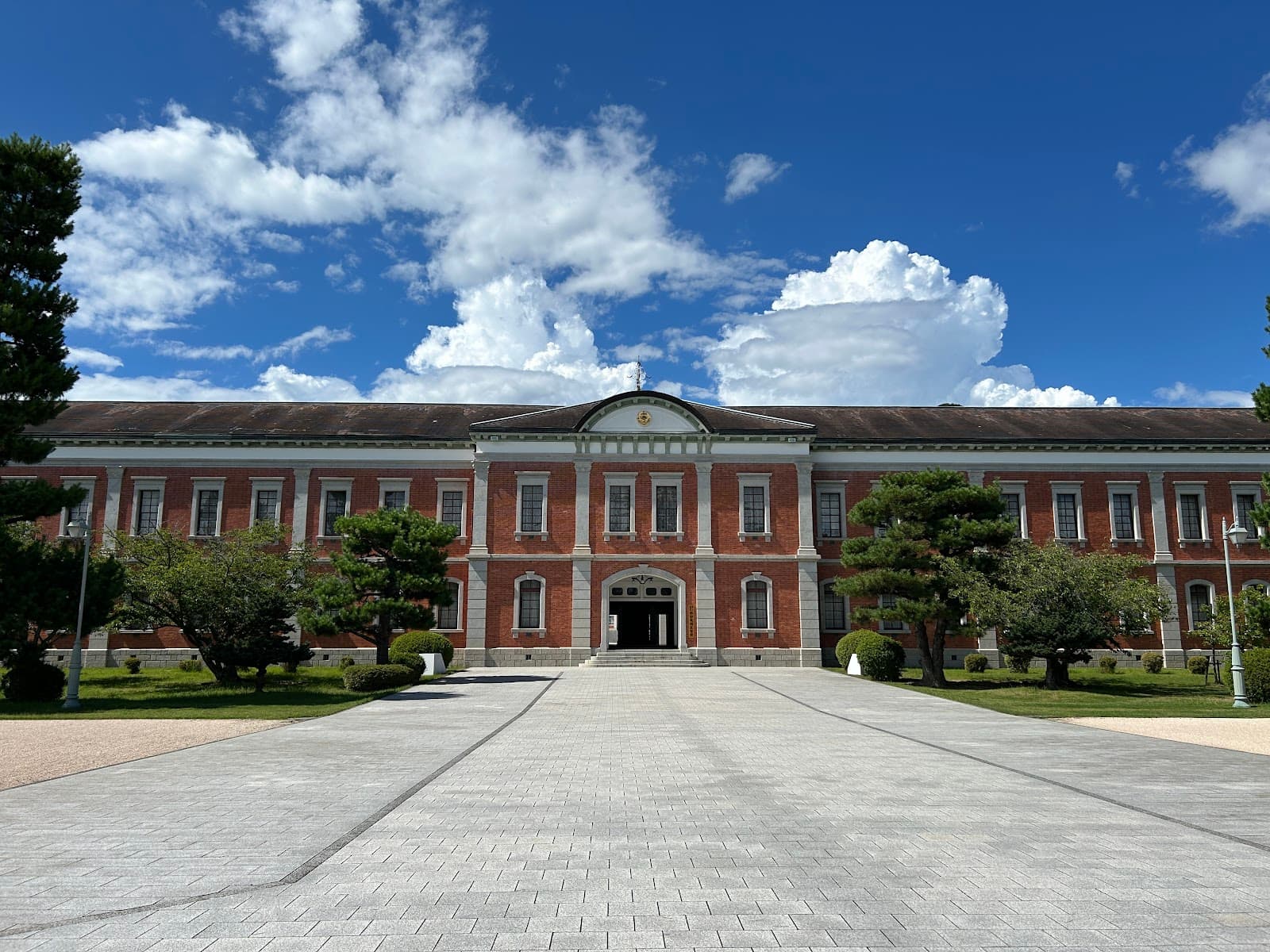
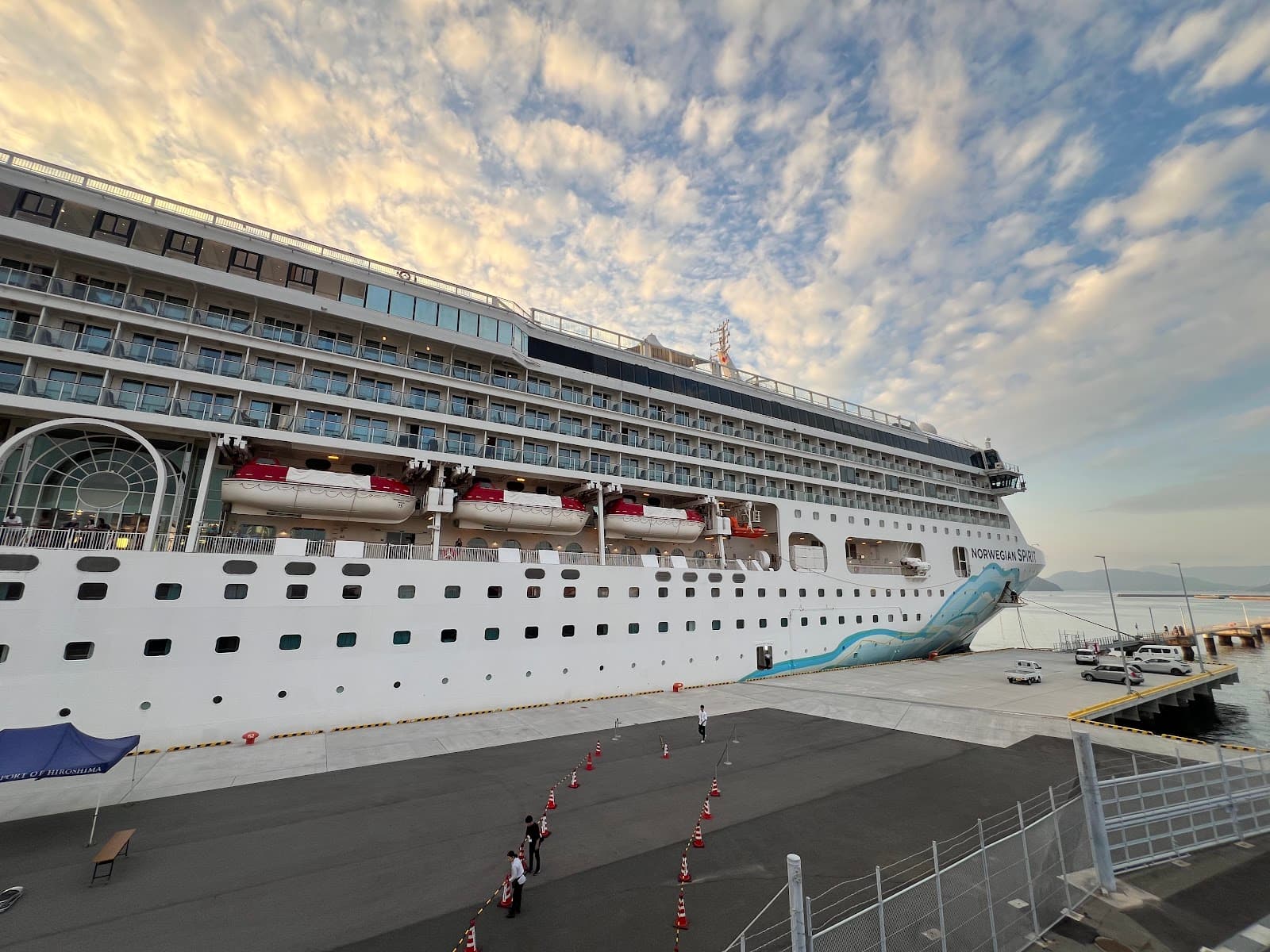

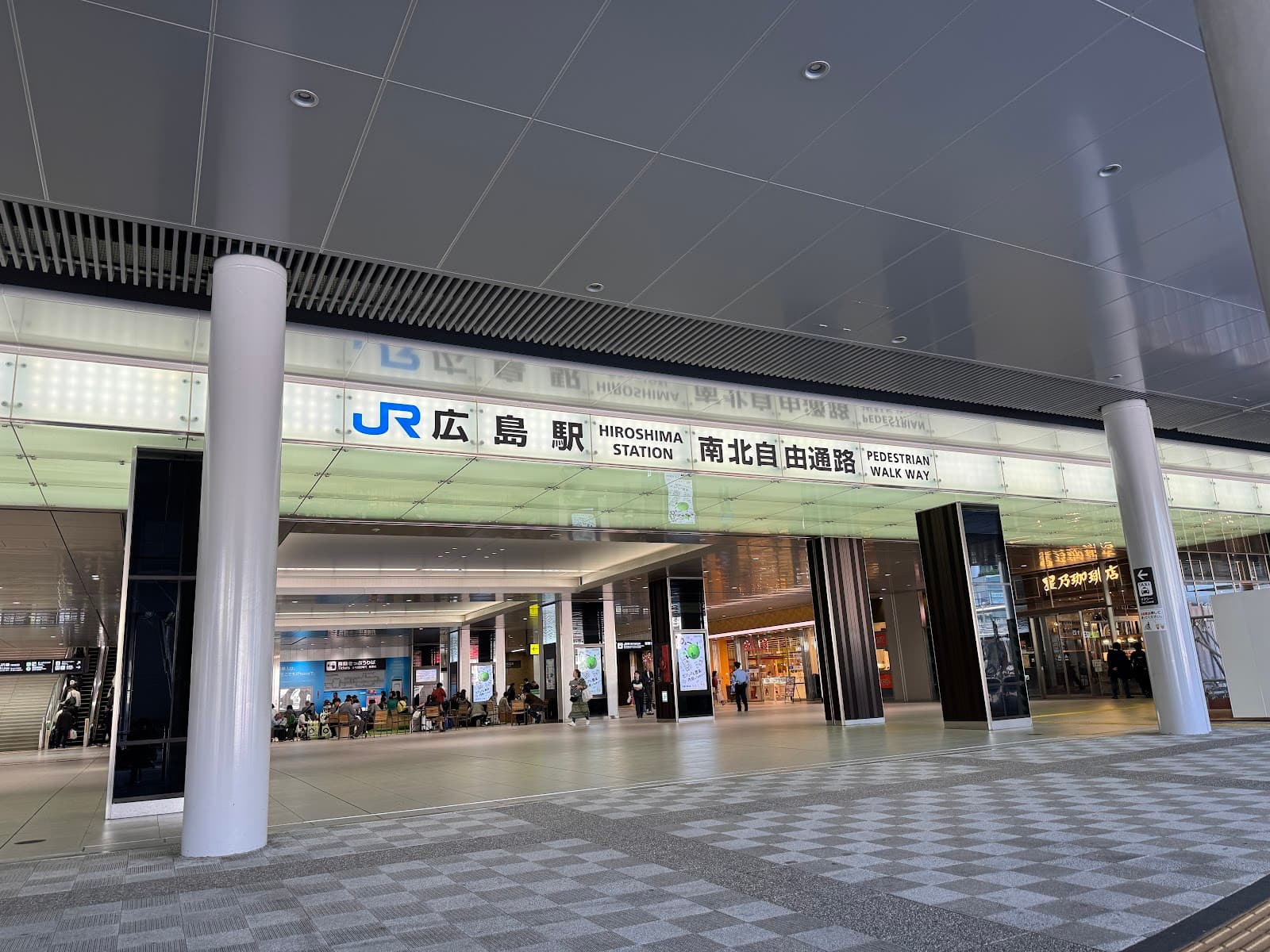

Social
from TikTok, Instagram & Reddit